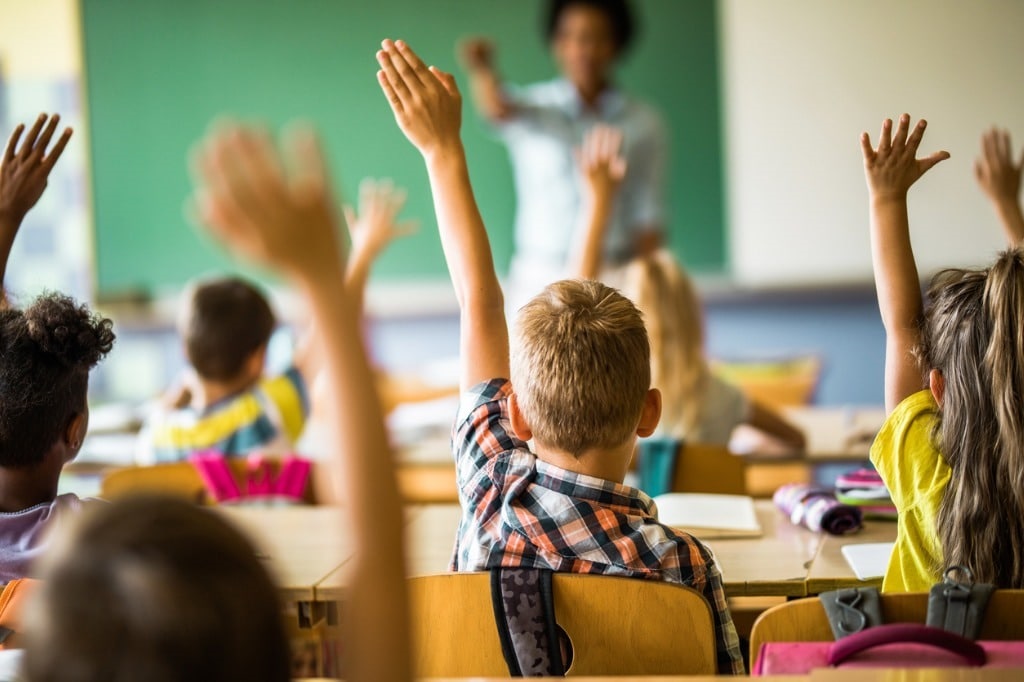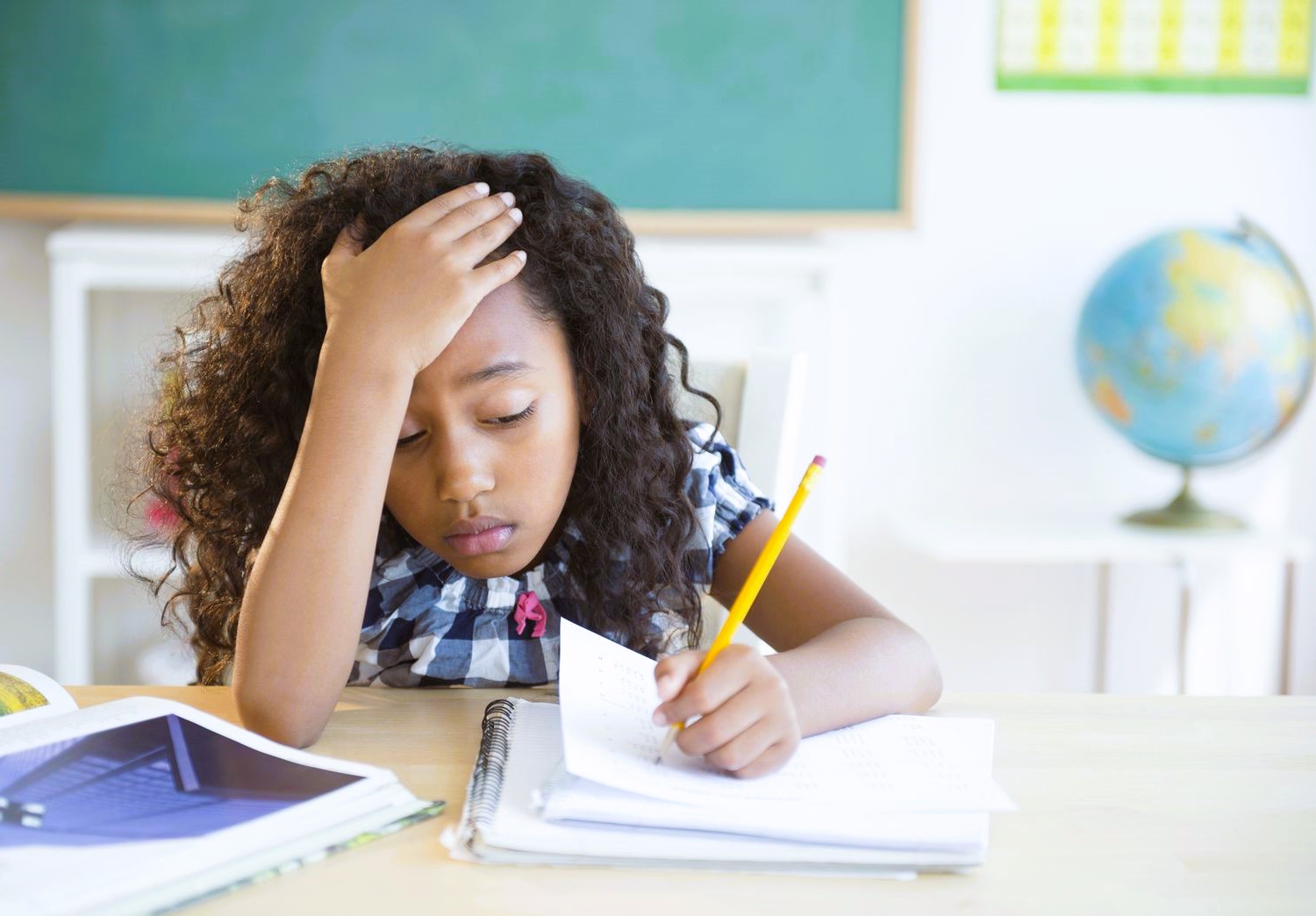In the vast landscape of education, creating a positive learning environment is not just an idealistic pursuit but a crucial factor in fostering student success. This article explores the significance of such environments and their profound impact on the academic journey.
How to create a positive learning environment
Characteristics of a Positive Learning Environment
A. Supportive Teacher-Student Relationships Building connections between teachers and students creates a foundation for trust and effective communication.
B. Inclusive Classroom Atmosphere Fostering inclusivity ensures that every student feels valued, contributing to a harmonious classroom atmosphere.
C. Engaging Teaching Methods The use of diverse, interactive teaching methods keeps students actively involved in the learning process.
Physical Environment
A. Classroom Layout and Design Thoughtful design enhances the learning experience, optimizing space for collaboration and concentration.
B. Use of Technology Integrating technology into lessons prepares students for the digital age and adds dynamism to the learning environment.
C. Comfortable Seating Comfortable seating arrangements contribute to a positive and relaxed learning atmosphere.
Classroom Management Strategies
A. Clear Expectations Establishing clear expectations helps create a structured and orderly classroom environment.
B. Consistent Discipline Consistency in discipline fosters a sense of fairness and security among students.
C. Encouragement and Recognition Positive reinforcement through encouragement and recognition motivates students to excel.
Importance of Emotional Safety
A. Building Trust Trust is the bedrock of a positive learning environment, allowing students to express themselves freely.
B. Encouraging Open Communication Open channels of communication ensure that students feel heard and understood.
Incorporating Positive Reinforcement
A. Rewards System Implementing a rewards system inspires students to strive for excellence.
B. Celebrating Achievements Acknowledging and celebrating achievements, no matter how small, boosts students’ confidence.
Fostering Collaboration
A. Group Activities Collaborative group activities promote teamwork and enhance social skills.
B. Peer-to-Peer Learning Encouraging students to learn from each other creates a supportive learning community.
Addressing Individual Learning Styles
A. Varied Instructional Approaches Catering to diverse learning styles ensures that every student can grasp and retain information effectively.
B. Personalized Learning Plans Tailoring learning plans to individual needs supports a more personalized educational experience.
Cultivating a Growth Mindset
A. Encouraging Resilience Teaching resilience fosters a growth mindset, enabling students to overcome challenges.
B. Embracing Challenges Emphasizing the value of challenges as opportunities for growth encourages a positive attitude towards learning.
Parental Involvement
A. Importance of Family Support Collaborating with parents creates a unified front, supporting the student both at home and in school.
B. Communication with Parents Regular communication with parents ensures a holistic approach to a student’s well-being and academic progress.
Challenges in Creating a Positive Learning Environment
A. Overcoming Obstacles Identifying and overcoming challenges is crucial for maintaining a positive learning environment.
B. Continuous Improvement The journey to create an ideal learning environment is ongoing; continuous improvement is key.
Real-life Success Stories
A. Impact of Positive Learning Environments Real-life examples underscore the transformative impact of positive learning environments on students’ lives.
B. Inspiring Examples Highlighting specific instances where positive environments led to remarkable achievements.
Incorporating Feedback
A. Student Input Valuing student input ensures that the learning environment is responsive to their needs.
B. Continuous Assessment and Adaptation Regular assessment and adaptation based on feedback contribute to a dynamic and responsive educational setting.
Tips for Teachers, Parents, and Administrators
A. Collaborative Efforts Collaboration among teachers, parents, and administrators enhances the effectiveness of creating a positive learning environment.
B. Shared Responsibilities Recognizing that creating a positive learning environment is a shared responsibility among all stakeholders.
Conclusion
A. Recap of Key Points Summarizing the essential elements of creating a positive learning environment.
B. Encouragement for Implementation Encouraging educators and stakeholders to implement these strategies for the benefit of students.
FAQs
Q. How long does it take to see the effects of a positive learning environment on students?
A. Positive changes can be observed relatively quickly, but the full impact may take a few months.
Q. What role do parents play in maintaining a positive learning environment?
A. Parental involvement is crucial; it provides support both at home and reinforces positive behaviors learned at school.
Q. How can teachers adapt to different learning styles in a single classroom?
A. Varied instructional approaches and personalized learning plans help teachers cater to diverse learning styles.
Q. Are there any resources available for educators to enhance their classroom management skills?
A. Yes, there are various professional development resources and workshops dedicated to improving classroom management.
Q. How can administrators support teachers in creating a positive learning environment?
A. Administrators can provide resources, training, and a supportive environment to help teachers implement effective strategies.







